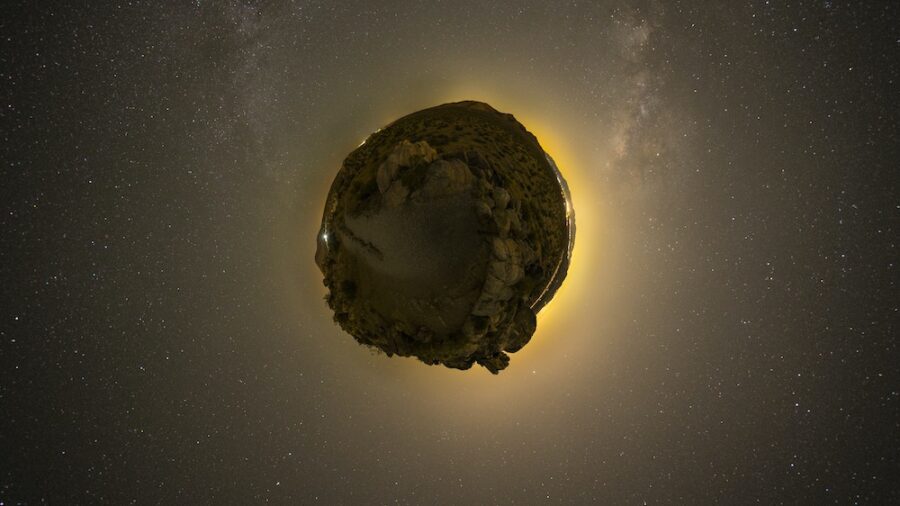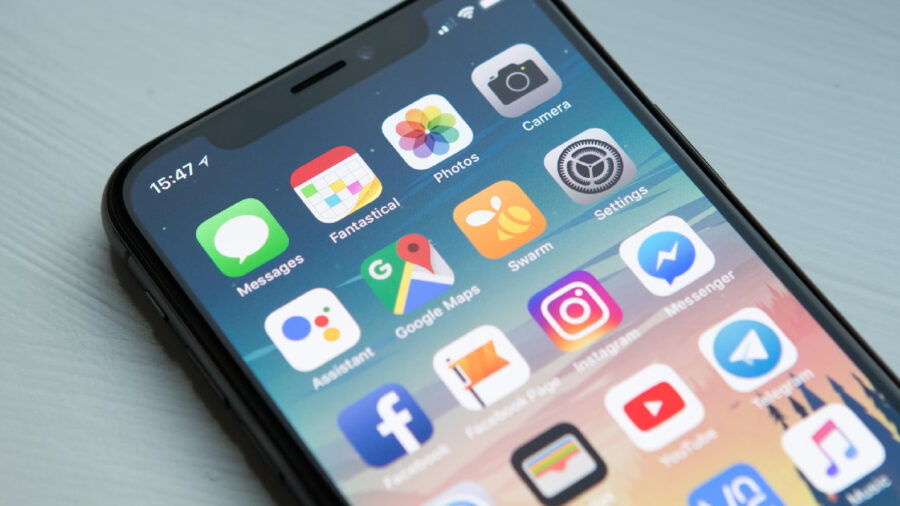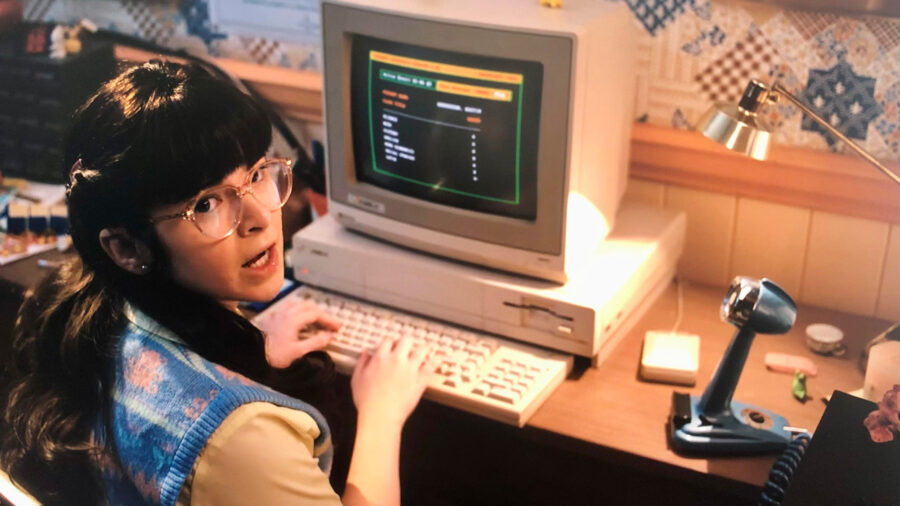Citizen Scientists Chart New Course For Research

Advances in the way that data is collected have caused a new problem for researchers. It might seem like gathering massive amounts of information would automatically increase the pace of scientific discovery, but the sheer volume of data being amassed has inspired researchers to call on volunteers in the form of citizen scientists to help them process all of their data. A bold new approach to tackling this challenge, citizen science has helped to speed up the pace at which research can happen.
From Fruit Flies To Asteroids

While crowdsourcing might seem a little risky when it comes to research, there have been a few encouraging examples of tapping into the talents of citizen scientists to solve complex problems. A recent study involving the mapping of fruit flies leaned heavily on citizen scientists to fact-check data points, freeing up those involved in the study to focus on verified information rather than sifting through millions of images to find the ones they need.
Another recent example of citizen scientists getting in on research is a group of amateur astronomers who observed the DART satellite intentionally hitting an asteroid and wrote a paper on their observations.
Help With Data Collection

Citizen science has long been used to perform large data collection tasks, like counting birds and butterflies, measuring snow depth, and collecting weather information, but it’s only more recently, with the advent of improved image collection technology and automated data collection that citizen scientists have gotten more involved in the processing of data.
Researchers have created a broad array of platforms to connect volunteers with projects looking for help, including games, data collection apps, and analyzing images for specific content. These crowdsourcing platforms can accelerate research by processing information more quickly.
Easily Done With Apps

One way that researchers have verified the accuracy of their volunteer partners is by gamifying the processing of data. A neuroscientist working on the fruit fly brain study created a game where citizen scientists were asked to use a phone app called EyeWire to assemble example neurons in a 3D model. The 100 volunteers who were best at assembling the example neurons were asked to participate in the fruit fly brain project.
Image Analyzing

If you’re not into games, you can still make valuable contributions as a citizen scientist by analyzing images. Researchers are looking for help in finding newly emerging stars, asteroids around dead planets, and atmospheric gravity waves over the Arctic to name a few.
With the dearth of images being produced, both of outer space and Earth by satellites, telescopes, and spacecraft, astronomers, geologists, and other researchers have a lot more photos than they can sift through themselves, so turning to the public for help can drastically reduce the amount of time needed to complete these projects.
So Many Ways To Help

In addition to performing analysis that can help current research move forward more quickly, citizen scientists can help out on projects aimed at making scientific information more accessible by transcribing field notes, classifying specimens for museums and educational institutions, and searching historical art for clues to the changing appearance of the sun.
These endeavors allow more researchers and members of the public to access archives digitally, conduct longer-term historical research on their chosen field of study, and improve our understanding of previous scientific discoveries. Most of these citizen science programs can be done from home via a laptop or even a cell phone.













Login with Google